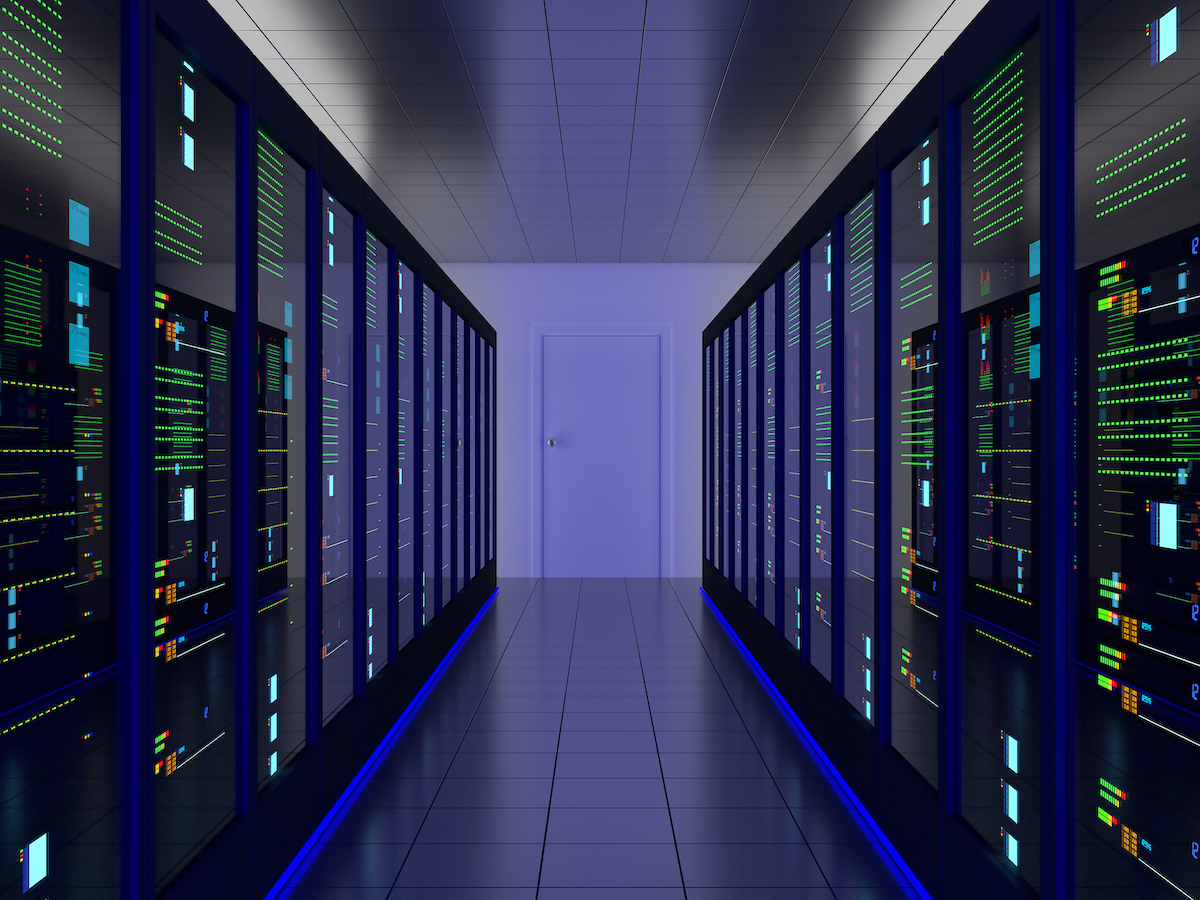Simplify Your Computing With Hyperconverged Infrastructure

Scalability, flexibility and cost-efficiency are all hallmarks of a high-performing data center. However, with scale comes certain challenges. For example, organizations must decide which network architecture will best suit their business needs. Cloud computing offers many advantages for those who want to scale but can be expensive and fall short in the security department.
Traditional three-tier architectures offer the advantage of scaling resources based on actual needs. IT teams can choose to add on to their storage or computing power while leaving networking as is. However, these architectures are often vendor locked, which makes it expensive to upgrade. And vendors may require customers to purchase full racks for every upgrade, far exceeding their needs.
An alternative is hyperconverged infrastructure (HCI). This architecture simplifies data center construction and streamlines purchasing. How does it accomplish this?
Explaining Hyperconverged Infrastructure
Hyperconverged infrastructure simplifies data centers by allowing businesses to use standard x86 servers for all of their computation needs. X86 servers are the industry standard and can be easily purchased when businesses need to extend their hardware’s capacity. How does HCI make this possible?
HCI uses software virtualization to abstract and pool resources dynamically. By leveraging compute, storage and networking virtualization, it’s possible to access resources across multiple servers as if from a single device — removing the constriction of what individual server racks can handle. For example, you could be using the processing power from two devices while using the storage capacity of 3, 10, or more servers. None of the computing power has to be located on the same rack.
Another advantage of hyperconverged infrastructure is administration. Previously, you may have needed separate teams to manage storage, compute and networking servers. Since HCI leverages the same devices for all of these functions, it’s possible to use the same team for everything. Simplified administration cuts costs and breaks down departmental silos.

- Private cloud. With hyperconverged infrastructure, your resources will be pooled together. This means that to achieve private cloud capabilities, all that’s needed is to ensure that compute resources are available to those who need them and establish processes that control resource allocation.
- Hybrid cloud. Traditional server architectures might require a web of connections to ensure all three components of your architecture match up with the cloud. In contrast, HCI simplifies this to relatively few connections, as your network is already pooling resources into a single repository.
- Public cloud. Simple infrastructure means that migration is also easier. Cloud providers will be more compatible with your hardware, and this will streamline connecting your business to the cloud.
More and more businesses are leveraging cloud resources to augment their private infrastructure. By implementing HCI in your business, you’ll be better prepared for the cloud.
Use HCI To Do More With Your Computing Hardware
Change for the sake of change isn’t progress. Businesses must ensure that upgrades, including moving to HCI, lead to improvement. Below are five ways hyperconverged infrastructure improves your business:
- Reduce total cost of ownership. HCI lowers costs in several ways, including better resource allocation, simplified upgrading and extending of hardware and elimination of vendor lockdown.
- Simplify deployment of hardware. HCI helps businesses unify the type of hardware they use since they only need x86 servers to run the infrastructure. This makes supply chain management and deployment easier.
- Increase scalability and flexibility. Since HCI pools resources, when organizations need to scale, it becomes a simple matter of adding servers to their infrastructure pool. Additionally, teams can use as little or as much computing power as they need, leaving the rest available to whoever needs it.
- Improve security. With HCI, organizations can gain cloud-like infrastructure while maintaining full control over their data.
- Balance your usage. With traditional server infrastructure, IT must allocate resources according to projected usage. These projections aren’t always accurate, and as soon as teams exceed projections, upgrades are needed. HCI allows IT teams to allocate resources dynamically based on current needs.
The advantages of hyperconverged infrastructure are compelling enough to make any IT team want to act. However, converting your hardware is more involved than buying a few servers. Our team is experienced in helping businesses transition to HCI infrastructure. Contact us to learn more.



